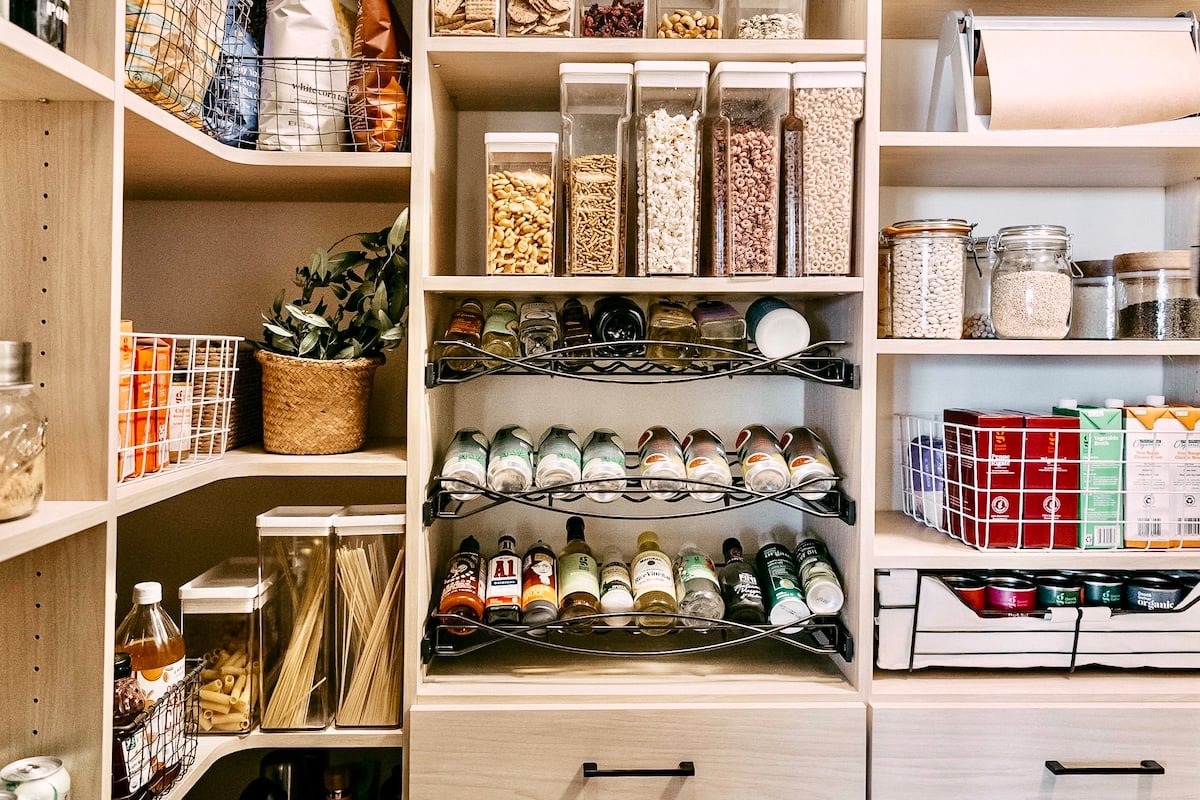Nairobi kitchens, whether in a sprawling Runda home or a compact Kilimani apartment, are the heart of many Kenyan households. They’re places where delicious meals are prepared, families gather, and traditions are passed down. However, with limited space, a variety of utensils, numerous spices, and bulk food purchases common in Kenya, kitchens can quickly become cluttered and inefficient.
At Retail Place, we believe an organized kitchen makes cooking a joy and daily life smoother. This comprehensive guide provides practical kitchen organization ideas specifically tailored for Nairobi homes, helping you create a functional and beautiful culinary space.
Why Kitchen Organization is Essential in Nairobi
- Maximizes Limited Space: Many Nairobi apartments feature smaller kitchens. Smart organization ensures every inch is utilized effectively.
- Improves Efficiency: Finding ingredients and tools quickly saves time and reduces cooking stress.
- Reduces Waste: Organized pantries help you see what you have, preventing duplicate purchases and food spoilage.
- Enhances Hygiene: A decluttered kitchen is easier to clean, promoting a healthier environment.
- Boosts Aesthetics: A tidy kitchen is simply more inviting and pleasant to be in.
Step 1: Declutter First – The Golden Rule
Before you organize, you must declutter. This is the most crucial step, as you can’t organize what you don’t need.
- Empty & Assess: Take everything out of your cupboards, drawers, and pantry. This shocking visual helps you realize the volume of items you own.
- The “Keep, Donate, Discard” Rule:
- Keep: Items you use regularly, are in good condition, and serve a purpose.
- Donate/Sell: Duplicate items, appliances you rarely use, or items in good condition that no longer fit your needs. Consider donating to local community centres or selling on platforms like Jiji and pigiaMe.
- Discard: Broken items, expired food, rusty utensils, or anything beyond repair.
- Consolidate Duplicates: Do you have three half-full bags of maize flour? Consolidate them! Multiple half-used sugar packets? Combine.
Also Read:
Step 2: Create Zones – Everything Has A Home
Think about how you use your kitchen and group similar items together.
- Cooking Zone: Near the stove – pots, pans, cooking utensils, oils, spices.
- Prep Zone: Near a counter – cutting boards, knives, mixing bowls, frequently used ingredients.
- Washing Zone: Around the sink – dish soap, sponges, drying racks.
- Food Storage Zone: Pantry, fridge – dry goods, canned goods, fresh produce.
- Dishware Zone: Near the dining area – plates, bowls, cups, cutlery.
Step 3: Maximize Storage Solutions – Smart Buys for Nairobi Kitchens
Once items are decluttered and zoned, it’s time to put them away efficiently.
Cupboards & Cabinets:
- Vertical Dividers: For baking sheets, cutting boards, and platters. Prevents them from toppling over.
- Stackable Shelves/Risers: Double your storage space for plates, mugs, or canned goods.
- Under-Shelf Baskets: Utilize the dead space below shelves for foil, cling film, or smaller items.
- Pull-Out Organizers: For pots and pans or cleaning supplies under the sink, making them easily accessible.
- Lazy Susans (Turntables): Perfect for corner cabinets or deep pantries to bring items from the back to the front with a spin (e.g., spices, oils, condiments).
- Door-Mounted Racks: Utilize the inside of cabinet doors for spice jars, foil, or cleaning supplies.
Drawers:
- Drawer Dividers: Essential for cutlery, cooking utensils, and small gadgets. Consider adjustable dividers or DIY options from old cardboard boxes.
- Knife Blocks (In-Drawer): Keep knives sharp and safe while freeing up counter space.
Pantry & Food Storage:
- Airtight Containers: Crucial in Kenya’s climate for staples like maize flour, rice, sugar, beans, and grains. They keep food fresh and deter pests. Opt for clear, stackable containers for easy visibility.
- Baskets & Bins: Group similar food items (e.g., snacks, baking supplies, tea/coffee) in labelled baskets on shelves.
- Designated Shelves: Assign specific shelves for different food categories to maintain order.
Countertops & Walls:
- Minimalism is Key: Keep only frequently used items on countertops to maintain an uncluttered look and maximize prep space. Think toaster, kettle, and maybe a small spice rack.
- Wall-Mounted Knife Strips: A sleek way to store knives and free up drawer or counter space.
- Wall-Mounted Spice Racks: Keep frequently used spices easily accessible while cooking.
- Magnetic Strips: For small metal utensils or bottle openers.
- Hooks: For hanging mugs, oven mitts, or commonly used cooking tools.
Under the Sink:
- Tiered Organizers: For cleaning supplies, sponges, and dish soap.
- Tension Rods: Install a tension rod to hang spray bottles by their nozzles, freeing up the bottom space.
Step 4: Maintenance – Keep Your Nairobi Kitchen Organized
Organization is an ongoing habit, not a one-time event.
- “One In, One Out” Rule: If you buy a new pot, consider donating an old one.
- Daily Reset: Spend 5-10 minutes after cooking or at the end of the day putting items back in their designated spots.
- Weekly Check-in: Do a quick scan of your kitchen once a week. Tackle any emerging clutter spots.
- Label Everything: Clearly label containers and bins so everyone knows where things belong. This is especially helpful for family members.
- Regular Deep Clean & Review: Every few months, do a thorough clean-out. Check expiry dates, clean containers, and re-evaluate if your storage solutions are still working for you.
An organized kitchen in Nairobi is within reach! By embracing decluttering, creating zones, investing in smart storage solutions, and maintaining consistent habits, you can transform your kitchen into a functional, inviting, and stress-free space that truly serves as the heart of your home.










2 Comments